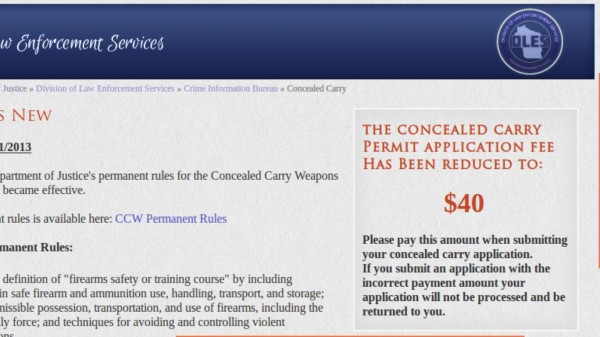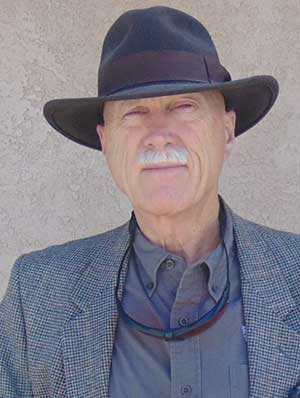By Dean Weingarten


Arizona – -(Ammoland.com)- Wisconsin was the next to the last state to enact a concealed carry law. It passed in 2011. The law had been thwarted for years by the actions of former Democrat Governor Jim Doyle.
Lawmakers in Wisconsin learned many lessons from the efforts of other states, and it showed. Over 59,000 Wisconsin residents had applied by December 30, 2011, and 100,000 permits were issued half way through April of 2012. 144,000 had been issued by the end of the year.
Below is video of Attorney General Van Hollen celebrating the issuance of the 100,000 permits
The average number for 2012 was over 105,000. The average for 2013 was 175,000, and 223,000 for 2014. In the first three full years of the permit system, one permit holder has been convicted of an unjustified homicide. I do not know of any homicide cases that are pending. One unjustified homicide for a little over 500,000 permit-years calculates to an annual homicide rate of .2 per 100,000 per year.
Yes, the decimal place is correct. The homicide rate for Wisconsin permit holders for the first three years is below that of Japan, which was listed at .3 for 2011.
This source shows Japan’s rate as varying between .57 and .4 over a 14 year period ending in 2009. International comparisons of homicide rates are notoriously deceptive. For example, if a man kills his family and himself in Japan, it is counted as a “family suicide”, and some killings, such as that of students by teachers, can be considered acceptable in circumstances that would be considered criminal in the United States. Some countries do not count a death as a homicide until someone is convicted. In others, figures are manipulated to make a regime look good. But because Japan is touted as a model for gun control, it is a comparison that will be noted.
The overall Wisconsin homicide rate was 3.0 in 2012, and 2.8 in 2013, about 14 times as high as those with permits. The 2014 figures are not available yet. The Wisconsin permit is one of the least restrictive in the nation. The permits do not require fingerprints or pictures. They must be issued within 21 days of the receipt of a properly executed application. Most applications are processed in less than two days. Many different types of training satisfy the permit requirement, with at least one organization offering training for free to promote civic responsibility and goodwill. The cost of the application is $40, which was dropped from $50 when it was determined that $40 was sufficient to cover the costs of administration.
The permit is good for a period of five years.
With the number of concealed carry permit holders committing unjustified homicides so low, expect the rate to bounce around a bit in future years. One or two cases could make a large difference. Still, half a million permit years are nothing to sneeze at. Wisconsin permit holders can be proud of their record. They are some of the least likely people to commit murder in the world. The same pattern is repeated, with different numbers, all over the United States.
If I were in business in Wisconsin, I would consider requiring that employees have a concealed carry permit. In Wisconsin, I would know that their ability to obey the law and follow rules would be far above average. In addition, Wisconsin grants some immunity from liability to businesses that allow their employees to carry firearms.
c2014 by Dean Weingarten: Permission to share is granted when this notice is included. Link to Gun Watch
About Dean Weingarten;
Dean Weingarten has been a peace officer, a military officer, was on the University of Wisconsin Pistol Team for four years, and was first certified to teach firearms safety in 1973. He taught the Arizona concealed carry course for fifteen years until the goal of constitutional carry was attained. He has degrees in meteorology and mining engineering, and recently retired from the Department of Defense after a 30 year career in Army Research, Development, Testing, and Evaluation.
